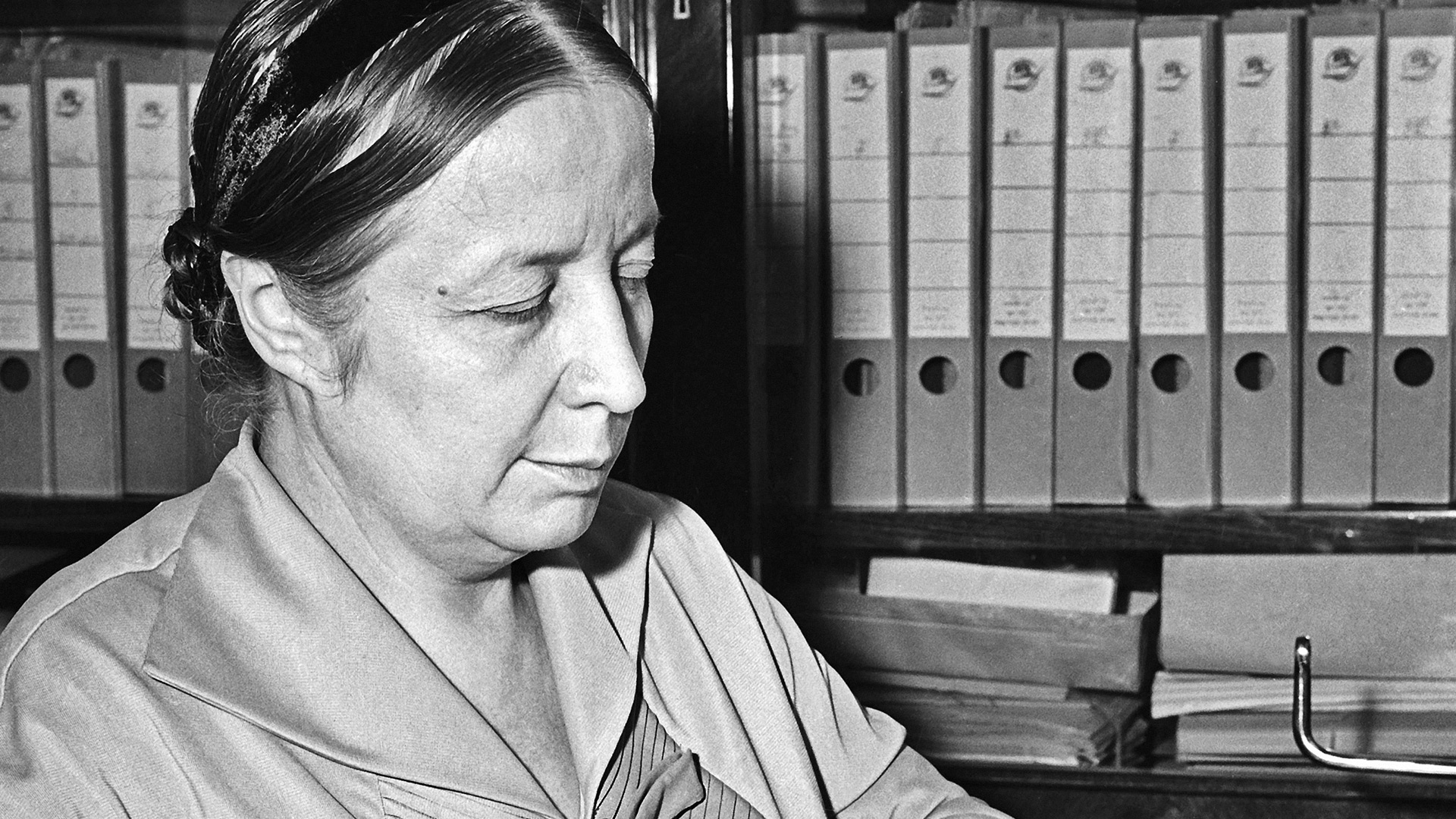How a blind & deaf girl became a great Soviet scientist

“I went through darkness and storms, I looked for a way to the light, to a creative, rich life... And I found it! Remember this!” This poem was written by Olga Ivanovna Skorokhodova, a teacher, Candidate of Sciences and author of many articles and several books.
What’s even more amazing is that the woman achieved all this while being completely blind and deaf.
A terrible blow
Olga lost her sight at the age of six after suffering from meningitis. At the same time, she began to have problems with her hearing. And, at fourteen, she became completely deaf.
 Olga Skorokhodova.
Olga Skorokhodova.
After the death of her mother, the girl ended up in the Odessa school for blind children. Because of her deafness and the balance problems that arose because of it, she was often not taken for walks and was kept indoors.
However, Olga Ivanovna's strong character began to manifest itself in childhood. She would sneak out of school into the yard, climb trees and fences, getting abrasions and bruises.
“I always tried to be closer to people, so that I could learn from them what was happening around me,” Skorokhodova recalled.
A chance for a new life
 Deaf-blind writer and speech therapist Olga Skorokhodova reads a book with Braille.
Deaf-blind writer and speech therapist Olga Skorokhodova reads a book with Braille.
In 1925, Olga Ivanovna was very lucky – she was transferred to the Kharkov Clinic for Deaf-Blind Children, where a famous defectologist and specialist in the field of typhlo- and surdopedagogy named Ivan Sokolyansky was in charge.
The first thing the professor did was help the girl to restore her almost lost speech. With the help of the dactyl (finger) alphabet, the raised-dot (Braille) font and other special devices for the blind, she began to master the school curriculum.
The diligent and hardworking Skorokhodova made amazing progress in studying the world around her in the ways that were available to her.
 Ivan Sokolyansky with his student Yulia Vinogradova.
Ivan Sokolyansky with his student Yulia Vinogradova.
“Light and sounds are turned off. What remains is the air: its movement and the direction of this movement, temperature, saturation with smells, etc. From these seemingly small, imperceptible sensations, a certain, harmonious idea of the surrounding world is gradually formed,” she wrote.
The girl mastered handicrafts and modeling, studied sculptures with her fingers, became passionate about literature and even entered into correspondence with famous Soviet writer Maxim Gorky.
The path to science
Olga Ivanovna even wanted to enroll in the literature department, but the war ruined all her plans. As a result, in 1948, she became a research fellow at the Research Institute of Defectology of the USSR Academy of Pedagogical Sciences.
 Olga Skorokhodova with her colleague Alexander Meshcheryakov.
Olga Skorokhodova with her colleague Alexander Meshcheryakov.
Skorokhodova studied the problems of psychology and development of deaf-blind people, fought against social prejudices against the disabled, proving that, with good teachers, they could become full-fledged members of society.
In 1961, Olga Ivanovna defended her dissertation and received a Candidate of Sciences in psychology. Thirteen years later, her book ‘How I perceive, imagine and understand the world around me’ was published.
This work brought together all her books, scientific articles and poems from different years and became a major contribution to Russian psychological and pedagogical science. In the same 1974, Skorokhodova was awarded the ‘Order of the Red Banner of Labor’.
 Olga Skorokhodova signs her book “How I perceive, imagine and understand the world around me.”
Olga Skorokhodova signs her book “How I perceive, imagine and understand the world around me.”
The brave woman never tolerated self-pity. She lived alone, took care of herself and traveled a lot. She worked at the Institute of Defectology until her death at the age of 70 in 1982.

